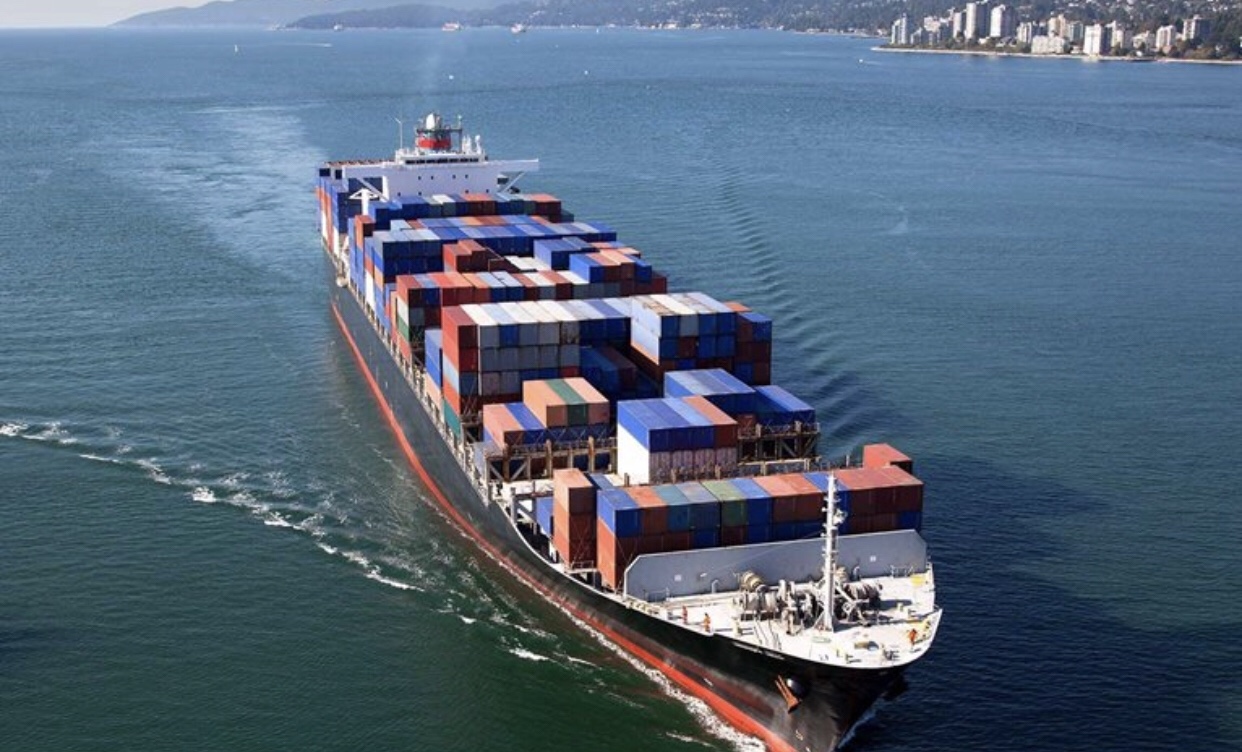Globalization in transition: The future of trade and value chains
Seven researchers within McKinsey; Susan Lund, James Manyika, Jonathan Woetzel, Jacques Bughin, Mekala Krishnan, Jeongming Song and Mac Muir have written an excellent report on future value chains.
Global value chains are being reshaped by rising demand and new industry capabilities in the developing world as well as a wave of new technologies.
Even with trade tensions and tariffs dominating the headlines, important structural changes in the nature of globalization have gone largely unnoticed. In Globalization in transition: The future of trade and value chains (PDF–3.7MB), the McKinsey Global Institute analyzes the dynamics of global value chains and finds structural shifts that have been hiding in plain sight.

Although output and trade continue to increase in absolute terms, trade intensity (that is, the share of output that is traded) is declining within almost every goods-producing value chain. Flows of services and data now play a much bigger role in tying the global economy together. Not only is trade in services growing faster than trade in goods, but services are creating value far beyond what national accounts measure. Using alternative measures, we find that services already constitute more value in global trade than goods. In addition, all global value chains are becoming more knowledge-intensive. Low-skill labor is becoming less important as factor of production. Contrary to popular perception, only about 18 percent of global goods trade is now driven by labor-cost arbitrage.
Three factors explain these changes: growing demand in China and the rest of the developing world, which enables these countries to consume more of what they produce; the growth of more comprehensive domestic supply chains in those countries, which has reduced their reliance on imports of intermediate goods; and the impact of new technologies.
Globalization is in the midst of a transformation. Yet the public debate about trade is often about recapturing the past rather than looking toward the future. The mix of countries, companies, and workers that stand to gain in the next era is changing. Understanding how the landscape is shifting will help policy makers and business leaders prepare for globalization’s next chapter and the opportunities and challenges it will present.
1 Global value chains are undergoing five structural shifts
2 One of the forces reshaping global value chains is a change in the geography of global demand
3 The rise of domestic supply chains in China and other emerging economies has also decreased global trade intensity
4 New technologies are changing costs across global value chains
5 Given the shifts in value chains, companies need to reevaluate their strategies for operating globally
You can read the entire article and download the McKinsey report here: Globalization in transition: The future of trade and value chains
Source: McKinsey
You must be logged in to post a comment.